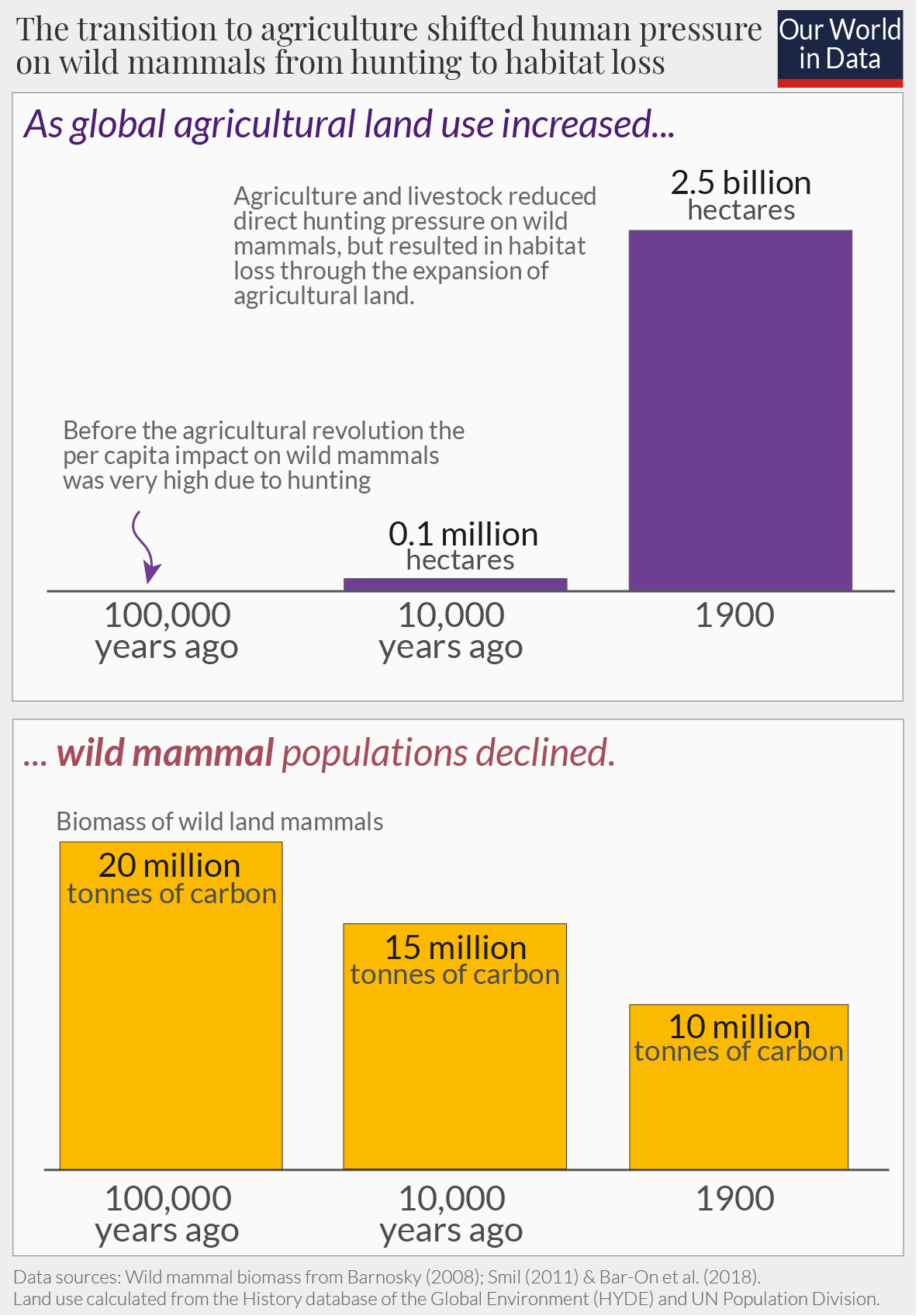

"Predatory pricing" applies to domestic trade, and "dumping" applies to international trade.Ģ) The standards for the identification of the two are different. (1) The scopes of application of the two are different. It can be seen that these two have similarities in terms of "low-cost sales" and "exhaustion of competitors", but their differences are obvious. "Dumping" refers to the act of selling commodities in overseas markets at a lower price than the domestic market. This feature distinguishes it from "dumping". The geographical market of predatory pricing is the country's domestic market. This feature distinguishes it from price discrimination, which includes not only competition between sellers but also competition among buyers.Ģ. The principal part of predatory pricing is the operator in the seller's market, and the operator has certain economic or technical strength. The use of predatory pricing to capture a market in one territory while maintaining high prices in the suppliers' home market (also known as " dumping") creates a risk that the loss-making product will find its way back to the home market and drive down prices there. Assessing other factors, such as barriers to entry, can suffice to prove how the predatory pricing could foreclose competitors from the market. However, recoupment is not a precondition for establishing whether predatory pricing is an abuse of dominance under Article 102 TFEU. This is because predatory pricing can only be economically effective if a firm can recover its short-term losses from pricing below average variable costs (AVC). Under EU law, the European Commission can account for recoupment as a factor in determining whether predatory pricing is abusive. This is what separates predatory price from normal competitive pricing. This price adjustment can put consumers under pressure, as they are now forced to absorb it without the competition to offer a better price, resulting in consumer harm. Second stage, is the recoupment, where the dominant firm readjusts its product and service prices close to monopoly prices (or monopoly price, depending on remaining industry players and the dominant firm's market share) to recover their losses in the long-term. The principle of this method is the dominant firm has the size and capital to sustain the short-term loss in profits, unlike new entrants and current players, thus forcing a game of survival that the dominant firm will normally win. This drop in price forces the price market for those goods or services to readjust to this lower price as an equilibrium, putting smaller firms and industry entrants at risk of closing and leaving the industry. Predatory pricing is split into a two-stage strategy.įirst stage, is the predation, where the dominant firm offers a good or service at a below-cost rate, which reduces the firm's immediate profits in the short-term. 8 Examples of alleged predatory pricing.4.4 Rules governing price increases after predation.4 Theories for controlling predatory pricing.Predatory pricing usually will cause consumer harm and is considered anti-competitive in many jurisdictions making the practice illegal under some competition laws. With there being fewer firms in the market causing consumers to have fewer choices between these products or services these higher prices results in consumer harm. The difference between predatory pricing and competitive pricing is during the recouping phase of lost profits by the dominant firm charging higher prices. Once competition has been eliminated, the dominant firm now with having a majority share of the market can then raise their prices to monopoly levels in the long-term to recoup their losses. The aim is that existing or potential competitors within the industry will be forced to leave the market, as they will be unable to effectively compete with the dominant firm without making a loss. Predatory pricing is a pricing strategy, using the method of undercutting on a larger scale, where a dominant firm in an industry will deliberately reduce its prices of a product or service to loss-making levels in the short-term.


 0 kommentar(er)
0 kommentar(er)
